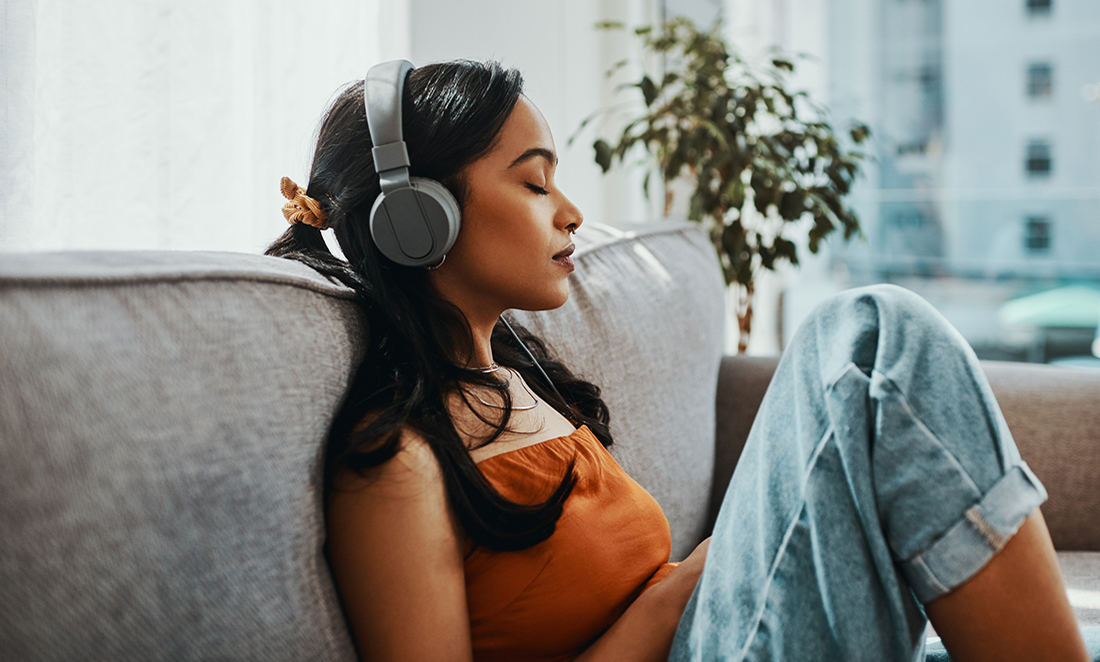Cranking up the volume could insulate us from feelings of loneliness, new research suggests.
A series of 12 experiments involving more than 2000 people in Australia, Singapore, the UK and the US suggests loud sounds make us feel more connected to others.
The research found people prefer high volumes when they feel socially excluded, and sound can even act as a buffer against us feeling lonely in the first place.
Why we hate silence
James Cook University social psychologist Dr Adam Wang says he came up with the idea for the research a few years ago when he started noticing that people really didn’t like silence.
He observed people turning on the radio or the TV without really watching it, and even babies showing a preference for sleeping with white noise.
“When it gets too silent, some people even complain that the silence is very uncomfortable,” Adam says.

At the time, Adam was studying embodied cognition – a theory that our higher-level mental processes intertwine with our lower-level sensory processes.
For instance, when the temperature is warm, we feel a sense of closeness to other people.
Adam was also watching Will Smith drive through an abandoned New York City in post-apocalyptic zombie film I Am Legend.
“At that time, I thought ‘wow, this is it’,” he says. “I think this is pretty much the reason why we don’t like silence, because it often correlates with a sense of isolation and loneliness.
“Even if you think about relationship woes, it’s not just physical isolation, it’s also social isolation, hence the expression ‘the silent treatment’.”

A sense of connection
In the study’s first experiments, the researchers played sounds at either high or low volume to participants in the lab.
These included neutral audio books, relaxing instrumental music, foreign language songs and air conditioners.
When the sound was louder, participants found it easier to list people they felt close to.
They also estimated that there were more people within a 20-metre radius of them.
“It was a demonstration of how loudness could actually give them a sense of physical closeness with other people and [also] relationship closeness,” Adam says.
The researchers tested their theory in different contexts, including a temple.
They found people felt a greater sense of belonging and rated the temple as more lively when the background hymn was louder.
In other experiments, participants were assigned to reflect on either a time they felt excluded and lonely or a time they felt socially accepted.
When a pretend maintenance person asked about the design of the laboratory, the people who remembered feeling lonely thought the lab was quieter.
Participants made to feel socially excluded also preferred to listen to sounds at louder volumes.

Crank it up
Turning up the volume wasn’t without merit, with a final experiment showing sound can be an effective way to feel less lonely.
Adam says that, when participants were made to feel socially excluded at the same time as loud sounds were playing, they didn’t feel any worse.
“The loudness actually had a surprisingly potent effect as a buffer against social exclusion,” he says.
Adam says cranking up the volume could be a free way to reduce negative emotions for people working solitary jobs, living alone, in hospital or in hotel quarantine.
“It’s such an easy thing and also very intuitive,” he says.









